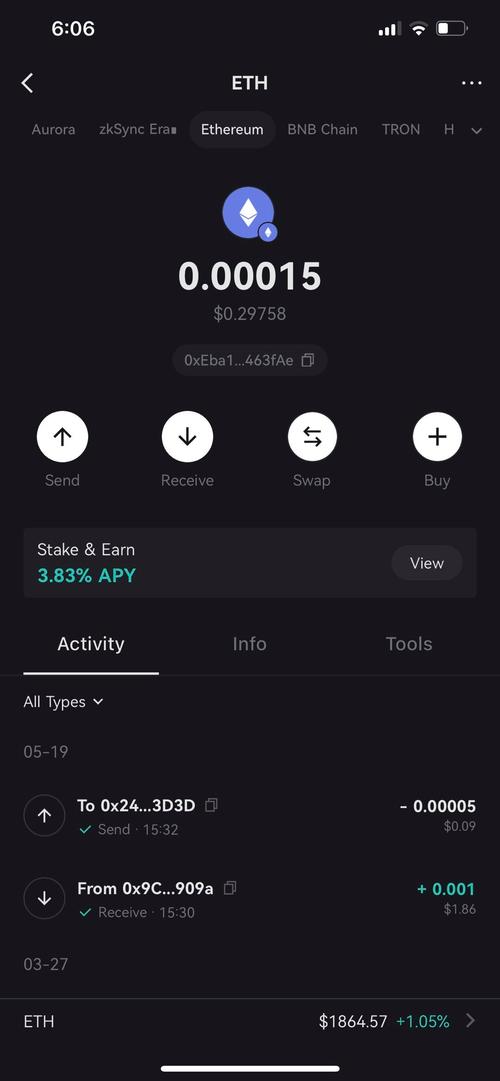
Understanding ERC-20 vs ETH: A Comprehensive Guide
When diving into the world of cryptocurrencies, it’s essential to understand the differences between various components. One of the most common questions that arise is the distinction between ERC-20 and ETH. In this article, we will explore these two concepts in detail, highlighting their unique features and how they interact within the blockchain ecosystem.
What is ETH?
ETH, short for Ethereum, is a decentralized blockchain platform that enables the creation of smart contracts and decentralized applications (DApps). It was launched in 2015 by Vitalik Buterin, a Russian-Canadian programmer. ETH is the native cryptocurrency of the Ethereum network and serves as the fuel for executing smart contracts and transactions on the platform.

Here are some key points about ETH:
- Decentralization: ETH operates on a decentralized network, meaning no single entity has control over the entire system.
- Smart Contracts: ETH enables the creation of smart contracts, which are self-executing contracts with the terms of the agreement directly written into lines of code.
- Gas: ETH is used to pay for transaction fees on the Ethereum network, known as gas. Gas is required to execute smart contracts and process transactions.
What is ERC-20?
ERC-20 is a technical standard for fungible tokens on the Ethereum blockchain. It was introduced in 2015 and has since become the most widely adopted token standard in the cryptocurrency industry. An ERC-20 token is a digital asset that operates on the Ethereum network and complies with the ERC-20 protocol.
Here are some key points about ERC-20:
- Fungible Tokens: ERC-20 tokens are fungible, meaning each token is identical to every other token of the same type.
- Standardization: The ERC-20 protocol provides a standardized set of rules and functions for creating and interacting with tokens on the Ethereum network.
- Interoperability: ERC-20 tokens can be easily transferred, exchanged, and integrated with other Ethereum-based applications and services.
ERC-20 vs ETH: Key Differences
Now that we have a basic understanding of both ETH and ERC-20, let’s explore the key differences between the two:

| Aspect | ETH | ERC-20 |
|---|---|---|
| Functionality | Used for executing smart contracts and transactions on the Ethereum network. | Used as a digital asset on the Ethereum network, often representing a company, project, or utility. |
| Supply | There is a finite supply of ETH, with a maximum of 21 million coins. | ERC-20 tokens can have varying supply limits, depending on the project’s requirements. |
| Control | ETH is controlled by the Ethereum network and its participants. | ERC-20 tokens are controlled by the organization or entity that created them. |
| Use Cases | ETH is primarily used for paying transaction fees, executing smart contracts, and participating in the Ethereum network. | ERC-20 tokens can be used for a variety of purposes, such as representing ownership, access, or utility within a specific project or ecosystem. |
Interactions Between ETH and ERC-20
ETH and ERC-20 tokens often interact within the Ethereum ecosystem. Here are some common scenarios:
- Payment of Gas: ERC-20 tokens can be used to pay for gas fees on the Ethereum network, allowing users to execute smart contracts and transactions without using ETH.
- Token Exchange: Users can exchange ETH for ERC-20 tokens and vice versa on various cryptocurrency exchanges.
- Integration with DApps: Many DApps on the Ethereum network accept both ETH and ERC-20 tokens as payment or for accessing specific features.
Conclusion
Understanding the differences



